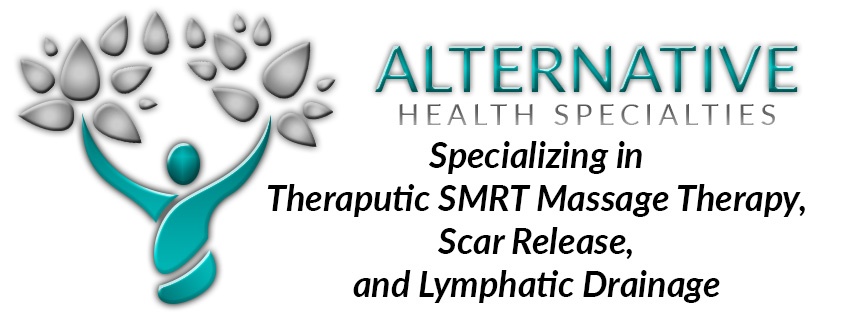USA TODAY: Microcurrent Point Stimulation: A New Hope
Oct 22, 2016

Written by I-Hsien Sherwood, for USA Today
Many patients suffer with chronic pain for years without relief.
The causes and workings of pain still aren’t fully understood. Pain re-related ailments like migraines, fibromyalgia or sciatica can go undiagnosed or misdiagnosed for years, and treatments aren’t always effective. While remedies like physical therapy, prescription narcotics or surgery can alleviate symptoms in some patients, they don’t work for everyone.
Cutting edge
As such, the medical community is always looking for promising new treatments, especially those that are non-invasive and non-pharmaceutical. Recently, one of these therapies, microcurrent point stimulation (MPS) has gained support from practitioners of more standard methods.
MPS uses a handheld device to apply a small electrical current to the acupuncture points utilized in Chinese medicine. “This allows you to stimulate those acupuncture points without penetrating the skin or potentially having harmful effects of misplacement of needles, over-penetration of the skin, breaking the skin barrier, infection or other negative effects,” says Thomas McClain, an orthopedic surgeon at Mercy Health System in Missouri. “The sensation is not unpleasant at all.”
McClain uses an MPS device on friends and family, and he says he’s considering using it in a private pain management practice in the future.
Many other practitioners are already using MPS regularly. “In 15 years of my practice, MPS is by far the safest, the most simple, most effective and the most efficient way to get people out of chronic pain cycles,” says Antoine Chevalier, a physical therapist and sustainability coach who has worked with the White House Athletic Center since 2002.
Other applications
Some doctors are seeing results for other conditions as well. “The swelling in her legs is measurably reduced,” said Steven Lins, an anesthesiologist and medical director of surgery at Bronson Battle Creek Hospital in Michigan, after treating a friend’s aunt who suffers from pitting edema, a painful buildup of fluid under the skin. “Before, the skin stayed for at least 30 seconds after you pressed in. Now there is a little bit, but it was gone in seconds.”
MPS also carries no risk of physical dependence, a growing concern with the potent pain medications currently on the market. “I do believe this is singlehandedly the best thing out there to genuinely help people who are in pain,” Chevalier adds. “I’m talking about people with sciatica, chronic pain in the neck—the kind of pain that nobody can solve.”
